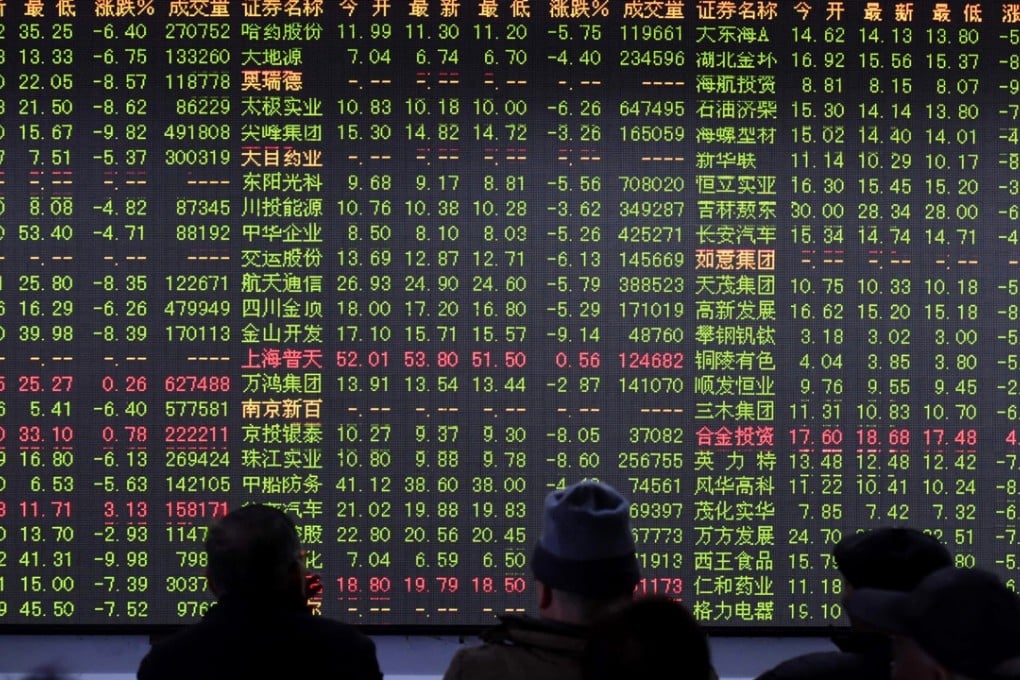New | Time to Fed-proof investments for 2016
Investors need to immunise investments from further Fed interest rare increases in year ahead

In 1994, when the US Federal Reserve hiked rates there was an outflow of capital from emerging economies and a painful correction in Asian equity markets. This time round investors need to Fed-proof their portfolios as rising US rates will impact asset classes and upend assumptions among investors who have forgotten what higher US rates look like.
Few analysts are predicting a global meltdown in 2016, but deflation arising from lower commodity prices and slowing demand in emerging markets will also buffet asset prices.
Bond prices will fall, and Asian currencies will weaken against the greenback, with regional central banks, including in China, expected to continue slashing rates into 2016 to boost growth. Developed and emerging equities markets however, are tipped to grow next year as global growth steadies aided by a resurgence in American and European economies.
China’s government continues to support the transition from an investment driven economy to a consumption driven one. We believe we may see further stimulus, if required, to smooth this transition into 2016
For money managers, correctly judging the pace and impact of further US rate rises will be key to their portfolios. Michael Hasenstab, the chief investment officer at Templeton Global Macro, part of fund management group Franklin Templeton, says he is holding low duration bonds negatively correlated to US Treasuries. Rising interest rates tend to hurt longer duration bonds more as investors demand greater discounts to face value to make yields more attractive relative to both new issues and rising risk free returns from deposit rates.
“We have continued to actively seek select duration exposures that can offer positive real yields without taking undue interest-rate risk, favouring countries that have solid underlying fundamentals and prudent fiscal, monetary and financial policies,” Hasentab said.
Compared to 1994 when the benchmark MSCI Asia-ex Japan index fell more than 20 per cent in the three months following the first Fed hike, regional economies are seen as more robust and less reliant on US dollar debt funding. Public statements from successive Fed chairmen Ben Bernanke and Janet Yellen also suggest the Fed is more mindful the impact any change in rates has overseas. Indeed, the decision not to increase rates in September was in part due to concerns about China’s economy, Yellen said at the time.
Putting together a basket of Asian stocks least sensitive to bond yield moves, analyst Desh Peramunetilleke at brokerage CLSA likes phone giant China Mobile and knitwear maker Shenzhou International, among his Hong Kong listed picks. Most at risk, by comparison, are beer maker Tsingtao Brewery and utility firm Shanghai Electric.
